Key dates related to the Katyn massacre (Herald Tribune, by The Associated Press. Published: Monday, September 10, 2012)
WARSAW, Poland – September 1939: World War II begins with the German invasion of Poland from the west, quickly followed by the Soviet invasion from the east. The carving up of Poland results from a secret pact between Adolf Hitler’s Germany and Josef Stalin’s Soviet Union. The Soviets soon capture thousands of Polish officers and transport them to POW camps in Russia. They also deport hundreds of thousands of Polish civilians to Siberia.
– April-May 1940: Soviet secret police kill 22,000 Polish officers and other prisoners of war and dump their bodies in mass graves. The murders, carried out with shots to the back of the heads, take place in the Katyn forest in western Russia and other locations. At that time, letters from the officers to their families come to a sudden stop, bringing despair to relatives and creating an early Polish belief that the Soviets killed them. Questioned by Polish leaders on the fate of the officers, the Soviets begin decades of denying their guilt.
– 1941: Germany attacks Soviet Union, and in its eastward advance overruns the territory surrounding Katyn. The Soviets join the Allies in the war against Hitler.
– April 1943: Nazi Germany’s propaganda chief Joseph Goebbels announces the German discovery of mass graves at Katyn. Goebbels hopes public knowledge of the Soviet crime would sow distrust between the Soviet Union and the Western Allies and weaken their alliance.
– May 1943: As part of the Nazi propaganda effort, the Germans bring a group of American and British POWs to Katyn, as well as other groups, to see the remains of the Poles in the mass graves, in an advanced state of decomposition.
– May 1945: World War II ends. Upon being freed Lt. Col John H. Van Vliet gives his first report to Army intelligence on what he witnessed at Katyn, one that disappeared and still has never been found.
– 1951: The U.S. Congress sets up a committee to investigate the Katyn crimes after questions about the whereabouts of the missing Van Vliet report from 1945. Even ahead of the formal establishment of the committee, Van Vliet in 1950 makes a second written report on his impressions from Katyn.
– 1952: The Congressional committee concludes there is no question that the Soviets bear blame for the massacre. It faults Roosevelt’s administration for suppressing public knowledge of the truth. The report also says it suspects pro-Soviet sympathizers within government agencies buried knowledge about Katyn. It expresses anger at the disappearance of the first Van Vliet report and says: “This committee believes that had the Van Vliet report been made immediately available to the Dept. of State and to the American public, the course of our governmental policy toward Soviet Russia might have been more realistic with more fortunate post-war results.”
– 1990: The reformist Soviet leader Mikhail Gorbachev publicly admits that the Soviets bear guilt for Katyn.
– Sept. 10, 2012: The U.S.National Archives releases about 1,000 pages of newly declassified records related to the Katyn massacre. Among them are the newly declassified U.S. army documents proving that two American POWs wrote encoded messages to Army intelligence, MIS-X, soon after their 1943 visit to Katyn, pointing to Soviet guilt.
Brescia, 10 febbraio 2025. La poesia bielorussa di protesta.
ci sentivamo liberi solo nei bagni pubblicidove per dieci rubli nessuno chiedeva cosa ci stessimo facendoeravamo contrari al caldo d’estate, contrari alla neve d’invernoquando venne fuori che eravamo la nostra linguae ci strapparono la lingua, cominciammo a parlare con gli occhie quando ci cavarono gli occhi cominciammo a parlare con le maniquando ci mozzarono le mani parlavamo con le dita dei piediquando ci crivellarono le gambe, facevamo un cenno con la testa per il “sì”e scuotevamo la testa per il “no”… e quando mangiarono vive le nostre testeci infilammo indietro nel grembo delle nostre madri dormienticome in un rifugio antiaereoper nascere un’altra volta. (dalla poesia Lingua bielorussa di Valzhyna Mort) Lunedì 10 febbraio alle 18:00 nella libreria dell’Università Cattolica di Brescia (via Trieste 17/D) si tiene la presentazione della raccolta di poesie Il mondo è finito e noi invece no. Antologia di poesia bielorussa del XXI secolo, curata da Alessandro Achilli, Giulia De Florio, Maya Halavanava, Massimo Maurizio, Dmitrij Strocev per le edizioni WriteUp. Intervengono Giulia De Florio, professoressa di lingua e traduzione russa all’università di Parma e presidente di Memorial Italia, e Maya Halavanava, lettrice di lingua russa nelle università di Padova e Milano, in dialogo con la poetessa Franca Grisoni. L’iniziativa è promossa dalla Cooperativa Cattolico-democratica di Cultura, dall’ordine degli avvocati di Brescia e Memorial Italia con la collaborazione dell’Università Cattolica di Brescia.





